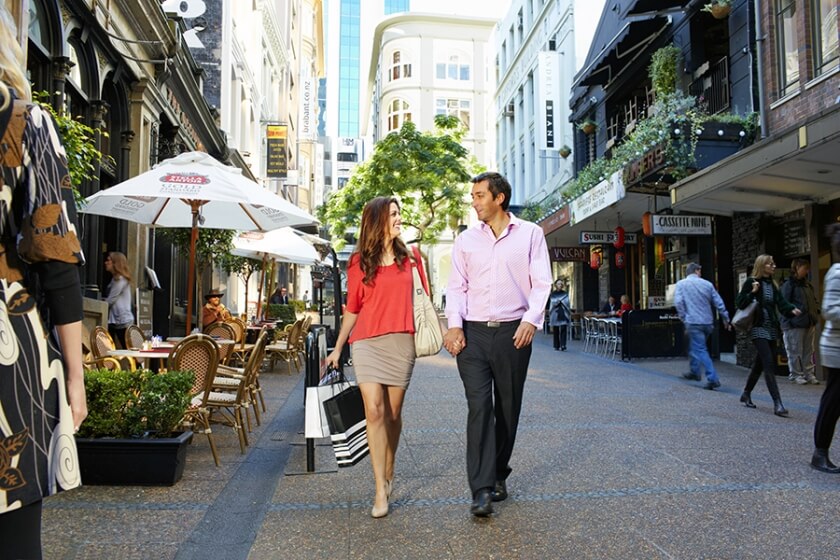First published at https://www.linkedin.com/pulse/top-5-ways-get-more-out-consultants-rob-catchlove
I’ve worked with or as a consultant for over 10 years. There are many that have worked far longer, but here are my top five ways of improving the relationship between a consultant and a client.
The answer isn't asking them to pedal harder! Look forward to hearing your tips.
Thanks, Rob.
1. It’s a social contract.
Firstly to get more, you need to give a little. This might seem counter-intuitive, but you need to stop thinking of this job as a written contract, and approach it as a social contract.
When you engage a consultant, you are actually buying time. And just like you, they have a family, play sport on weekends or at night, dream of their next holiday, probably have an obsession with a show like Game of Thrones, might have a sick relative and will always appreciate, like you, a good night’s sleep.
So basically this boils down to treating people like people. Just because you are shelling out some money, doesn’t mean you can buy their weekends or every night of the week in the lead up to a deadline.
Contracts work best when everyone realises that they are on the same boat. Would you demand this or a colleague sitting next to you? Of your partner?
Everyone has to do a bit extra, and also keep to the script (or deliver on what you said you’d do), but just treat people like people and you’d be amazed at how must better the relationship, and therefore the product, can be.
2. Good and available data
Good data, readily available, makes a huge difference. You will save massive amounts of times and angst if you have data ready to go. Ideally you’d do a thorough data review before issuing the brief, and definitely before signing a contract. Understanding, and then sharing, the data you have enables you to get more out of a consultant. There is limited skill in reformatting, merging, copying, quality controlling data, and that is where you can save money by doing it within the business, and enabling a consultant to analyse and think about what the data means.
And good data also includes good metadata (just don’t ask George Brandis what it is!). The data about the data. Who collected it? Who manages it now? How old is it? Will it be updated? What spatial and temporal scale is it at? What do the codes mean in each of the columns?
Know your data, and be very clear with what data you have and don’t have, and things will move a lot quicker.
3. Sign off
9 times out of 10, a project has milestones and tasks. What is critical is for all parties, is to agree when each milestone has been met. Consultants, like all of us really, like to get work done in a particular timeframe, and then move on to the next stage. They don’t like going back. So to get more out of them, be very clear (and frequently), that you are happy for the agreed tasks to be signed off, and to move on to the next stage.
This will also help everyone be clear as to what sign off actually means. Is it minutes from a meeting, a map, a dataset, a report, a memo, etc? Either way you will get more from a consultant when you are clear on what needs to get done before it is done. Don’t assume anything.
4. What exactly is the question?
This may sound a bit simple, but it’s amazing how often I find that the key issue, question or problem someone has, only becomes evident ¾ through a project. So if your job and your company really needs help, then get a consultant to focus on the big question as soon as possible. Everything else is just a nice to do.
If you want more out of a consultant, don’t let them get distracted. It’s not going to be deliberate, but if the original brief has a lot of tasks to get done (that don’t really help answer the question), then consultants will inevitably follow the script. Whereas if you want more out of them, then get them to focus on the critical question.
5. Time is everything
Consultants can finish jobs quickly if things are planned out well in advance. It’s in your interests to have a consultant finish a job quickly because you need all the time you can get to work on implementing new ideas, engaging others within the organisation, developing policy, and acting on the recommendations. So every meeting you need to schedule, and every review of the consultant’s work, should be planned well ahead. If you put them in the diary, then you’ll find consultants will stick to the plan and also be most likely to focus on the key question.
What will help a lot is asking the consultant for their schedule, and also sharing your schedule. Knowing that you need to do a team update every Monday or a Board paper next month is very useful and will again focus the consultant in getting the work done.












